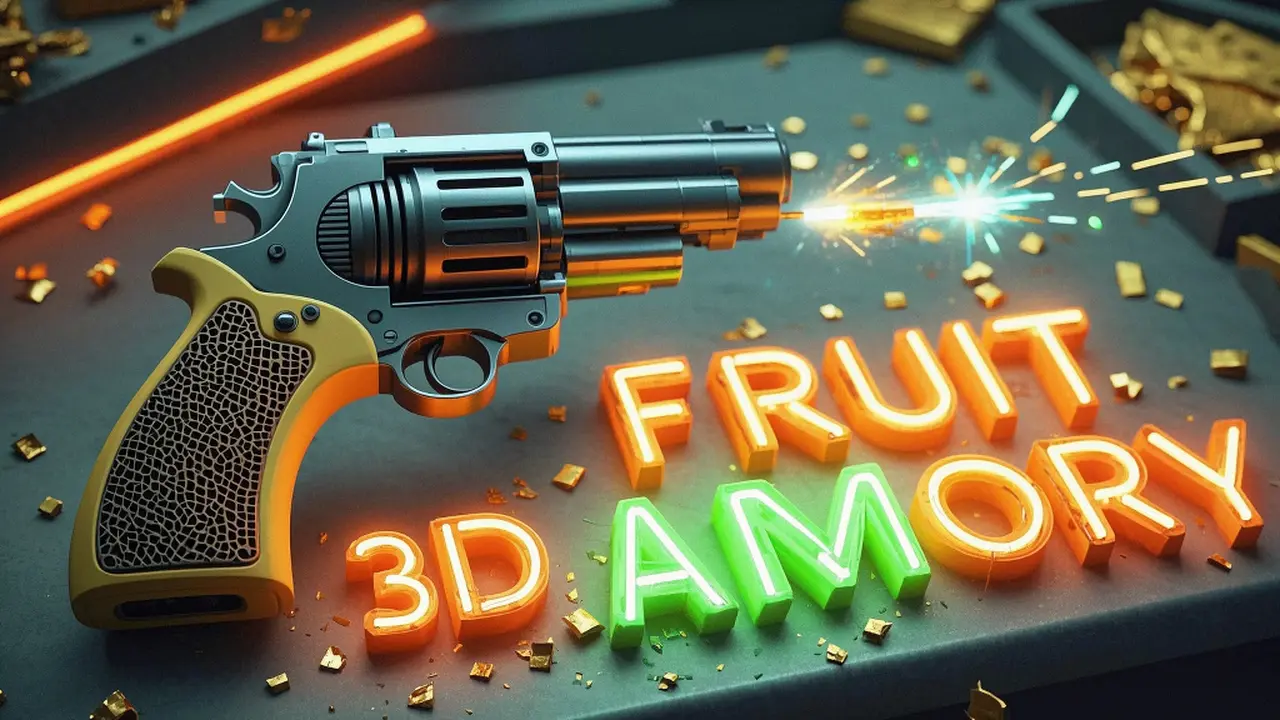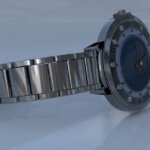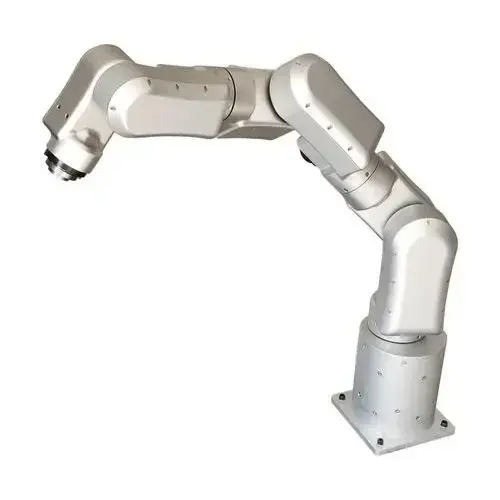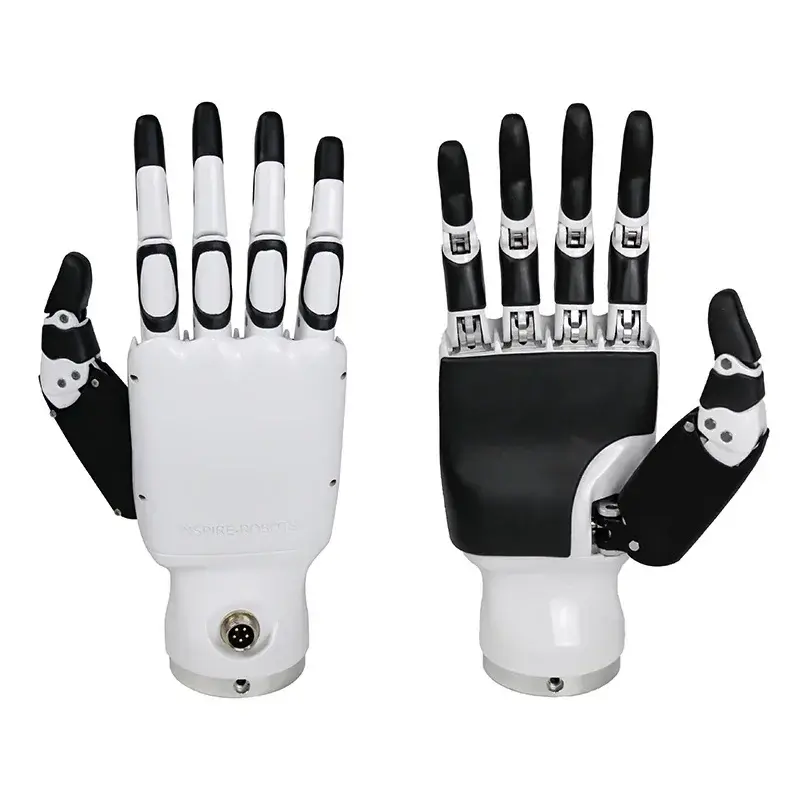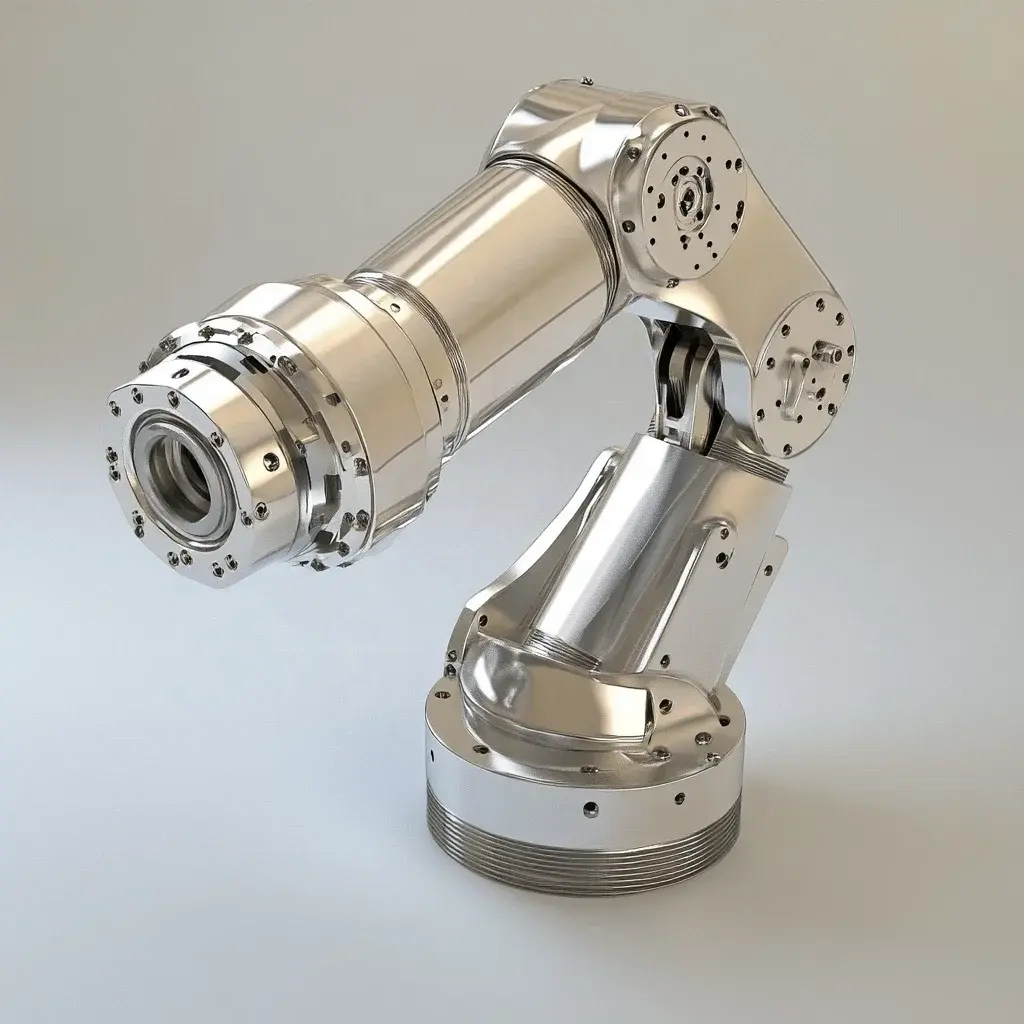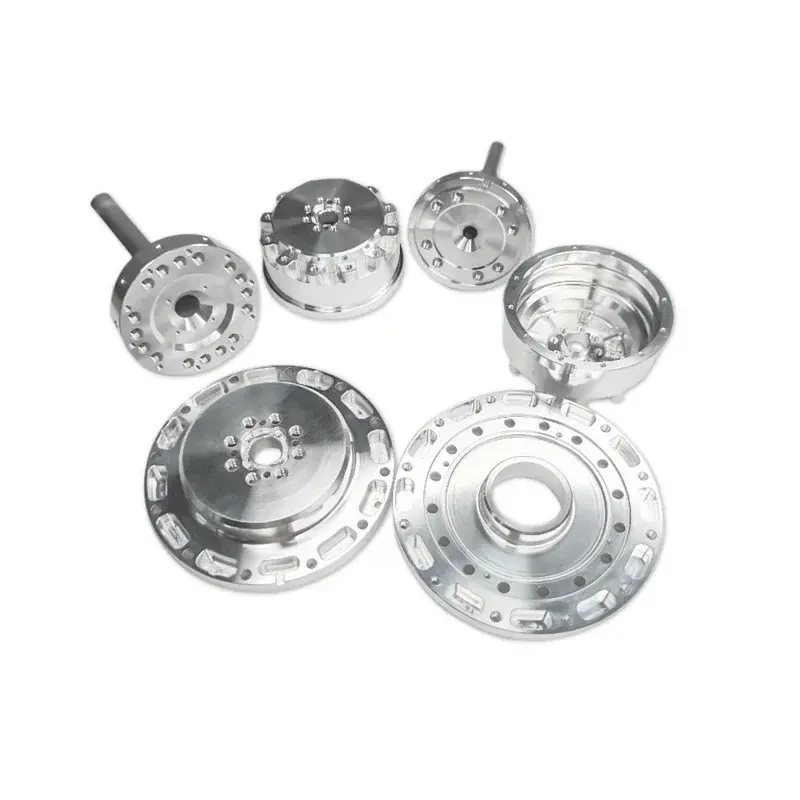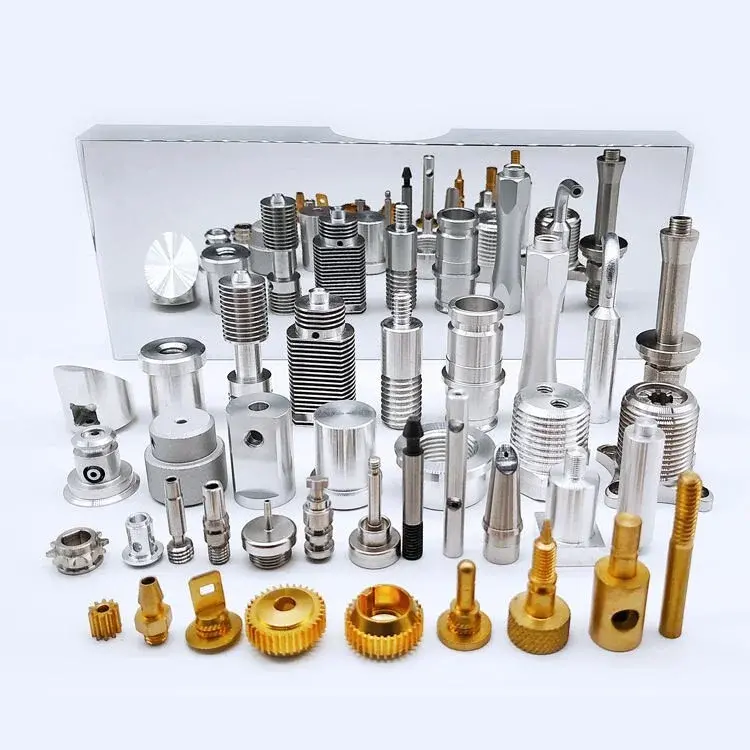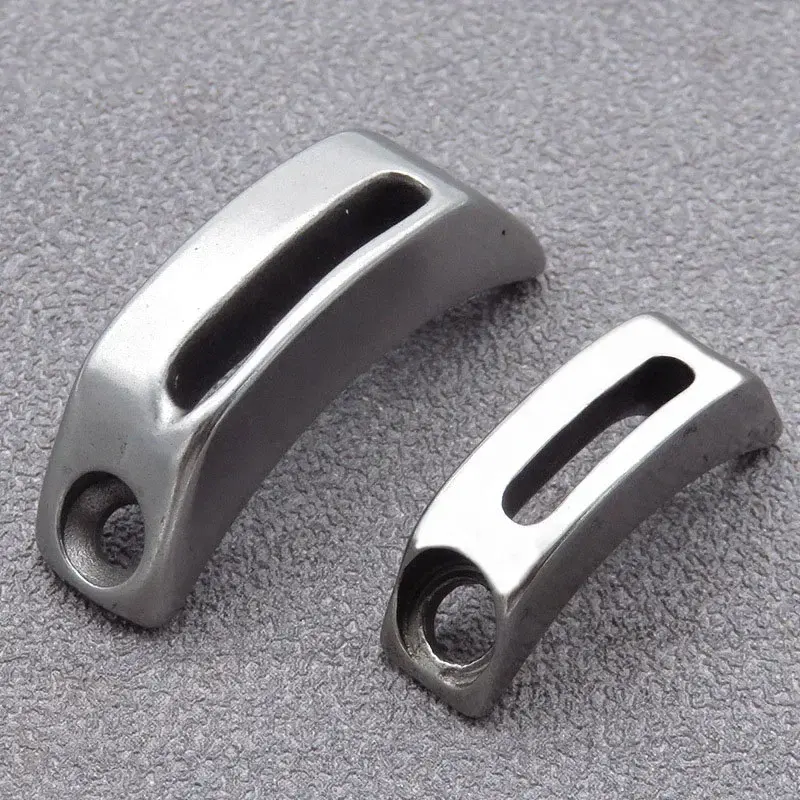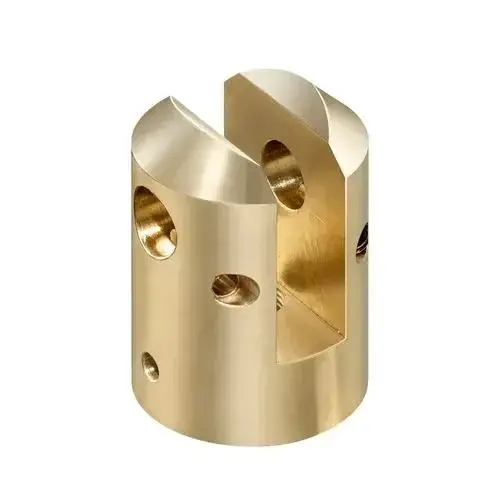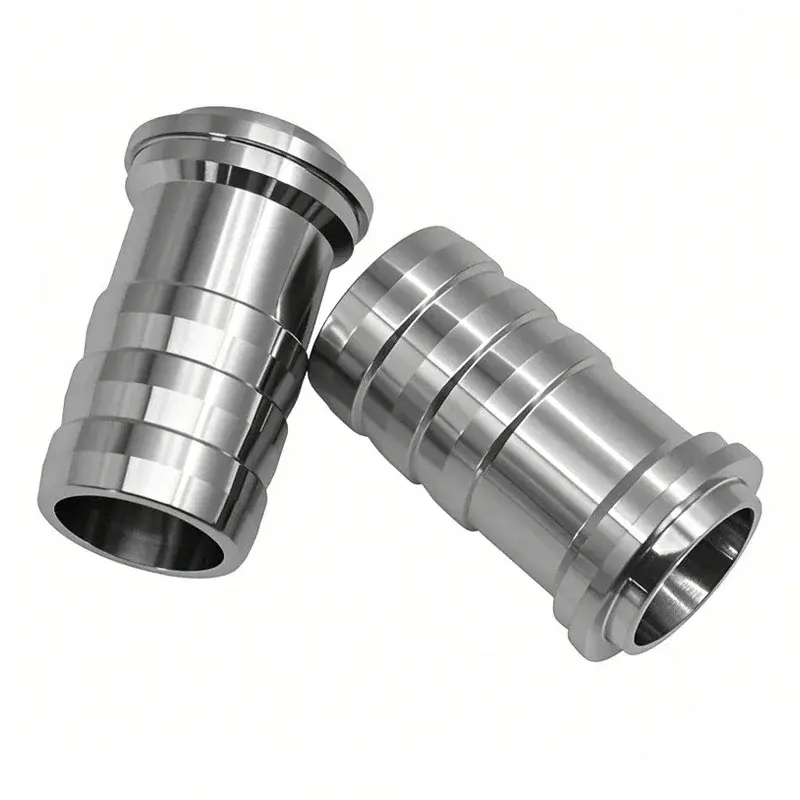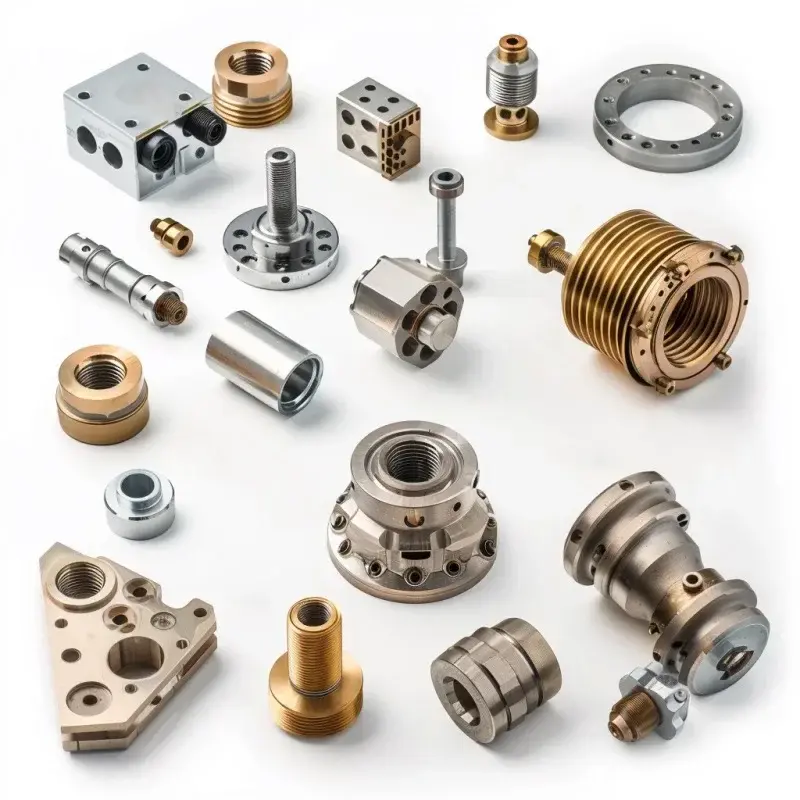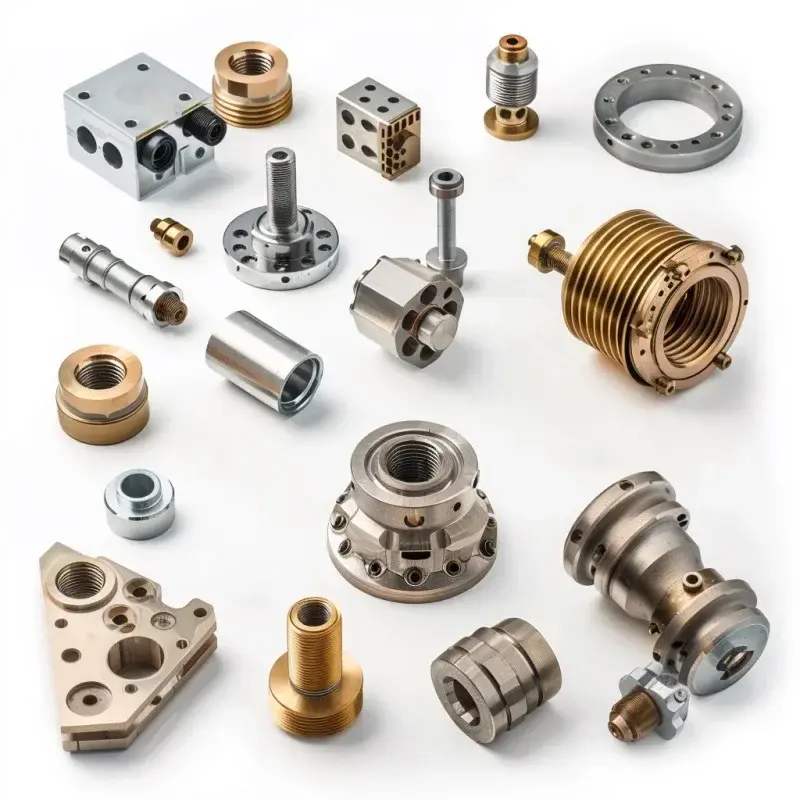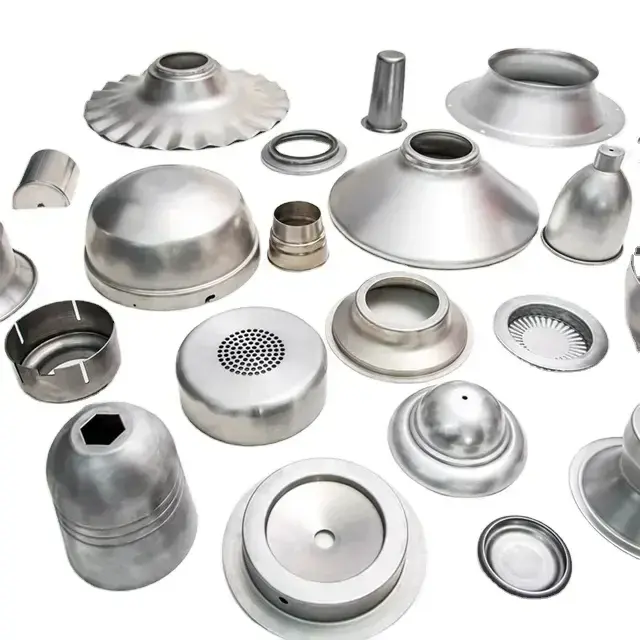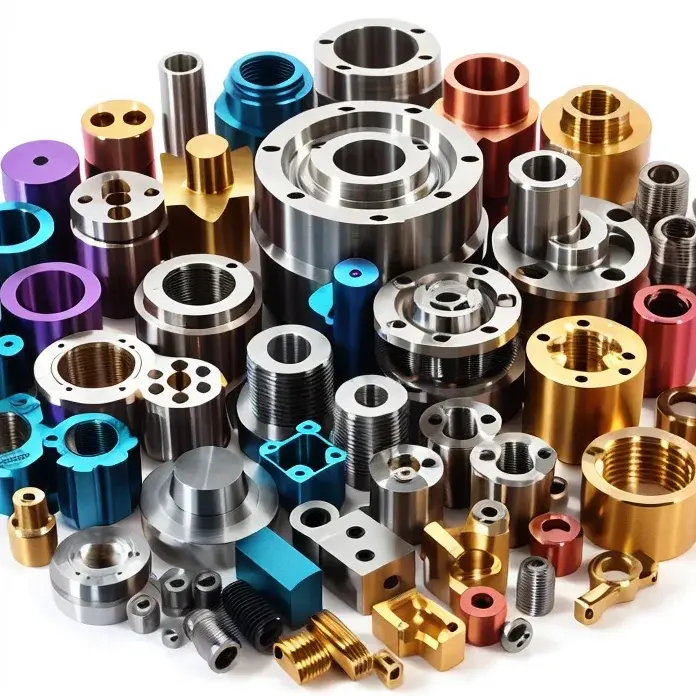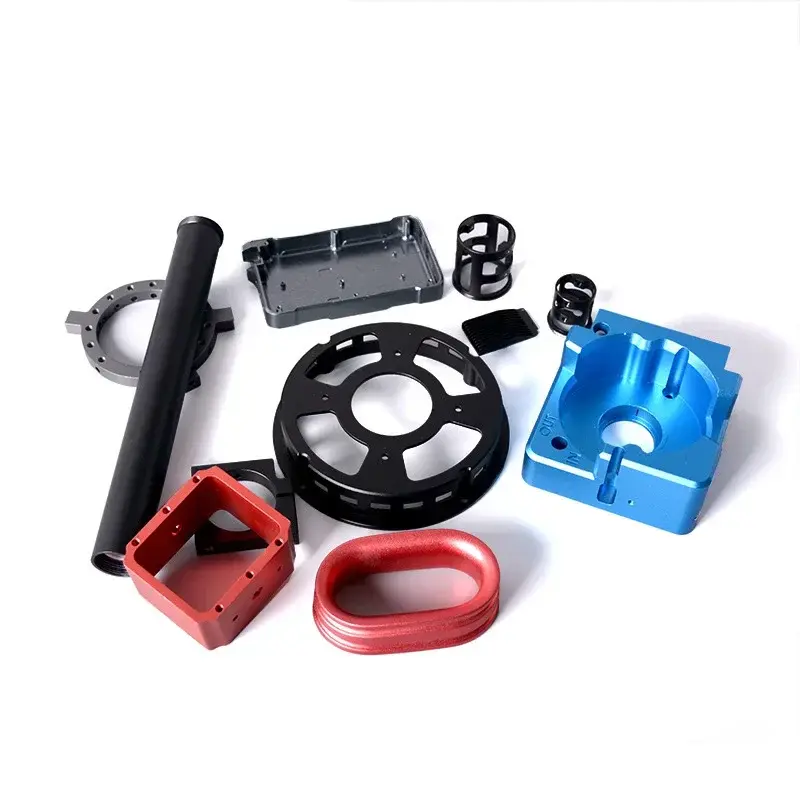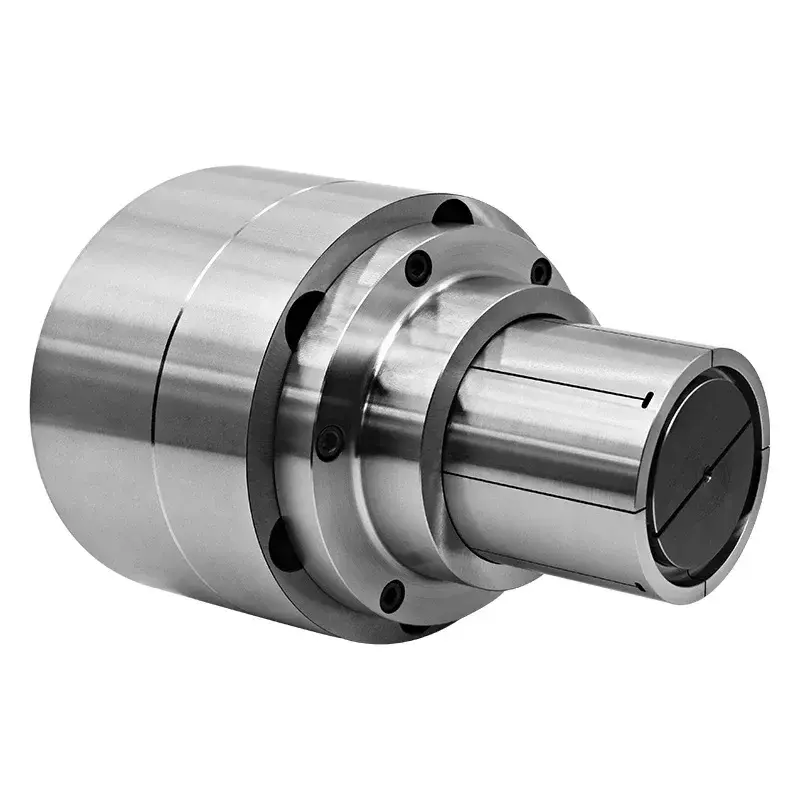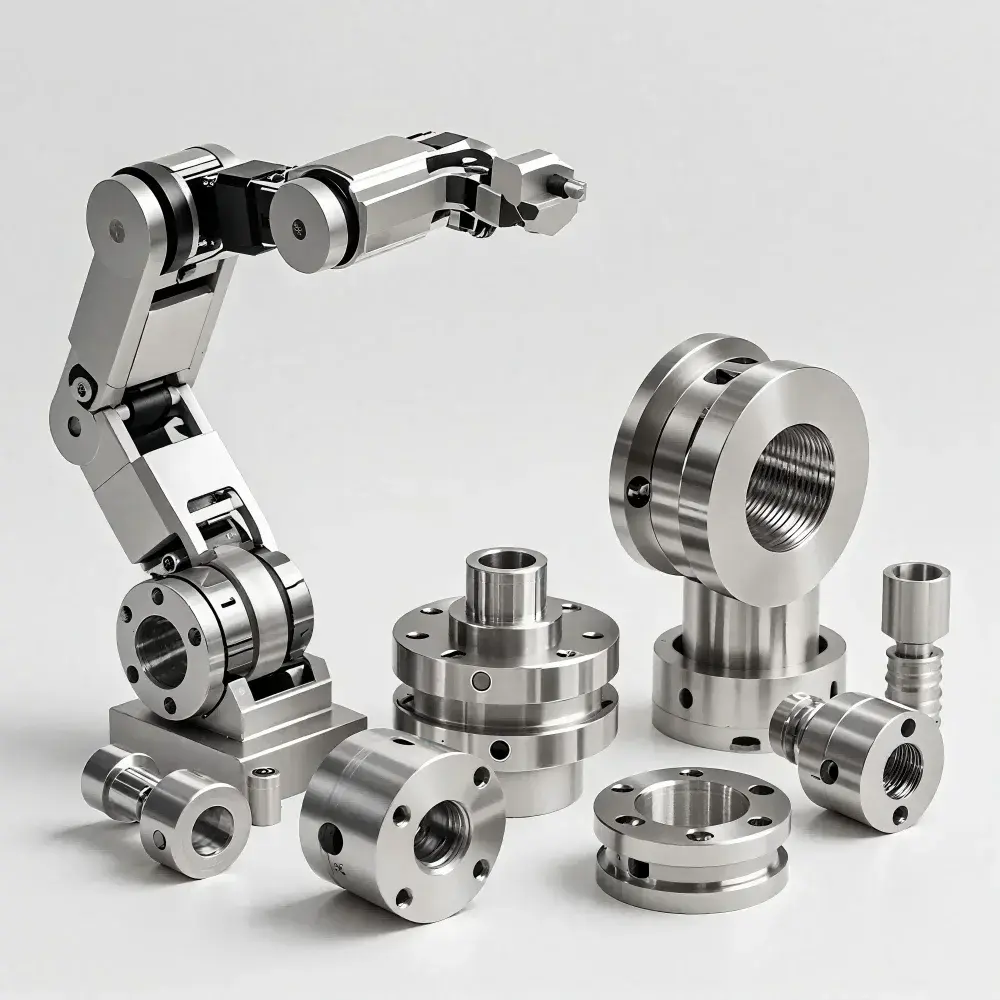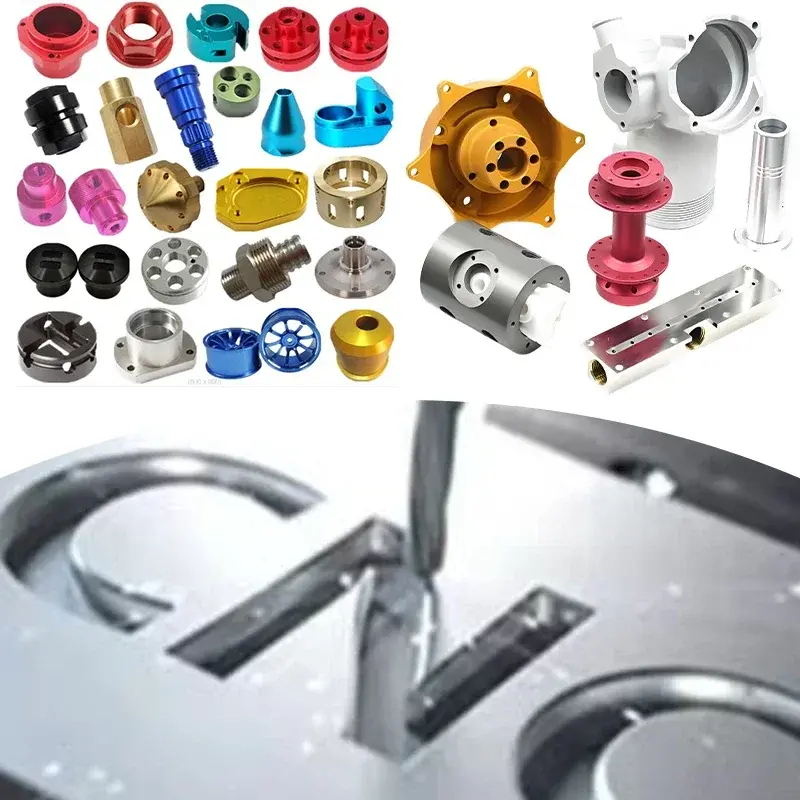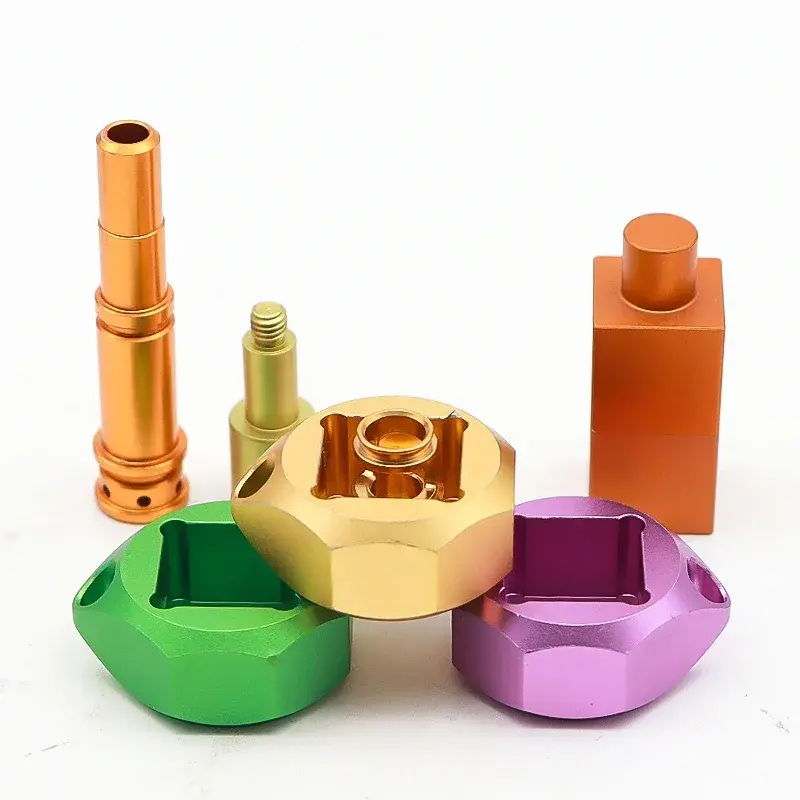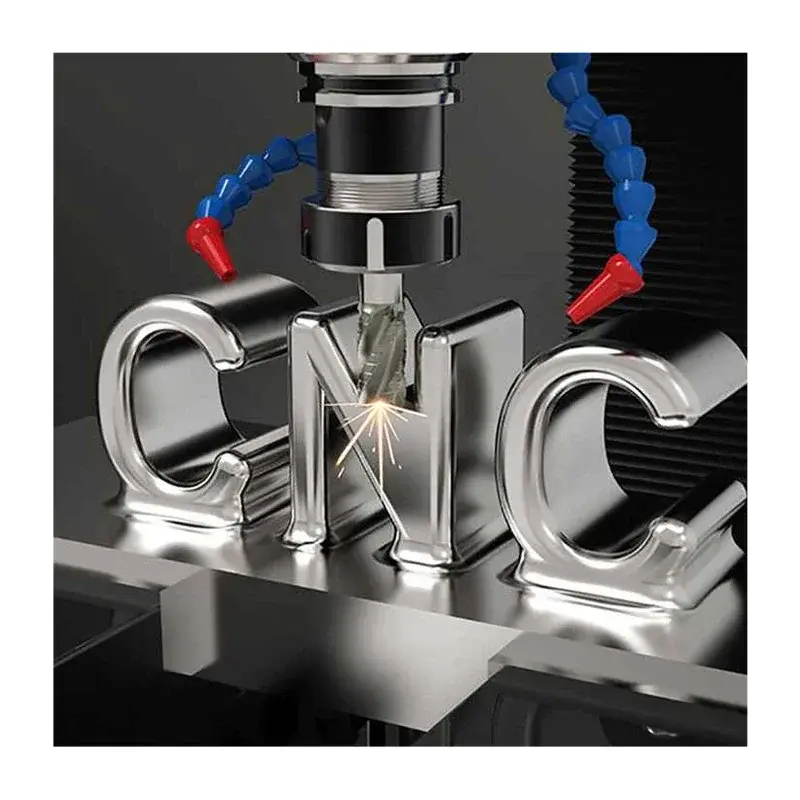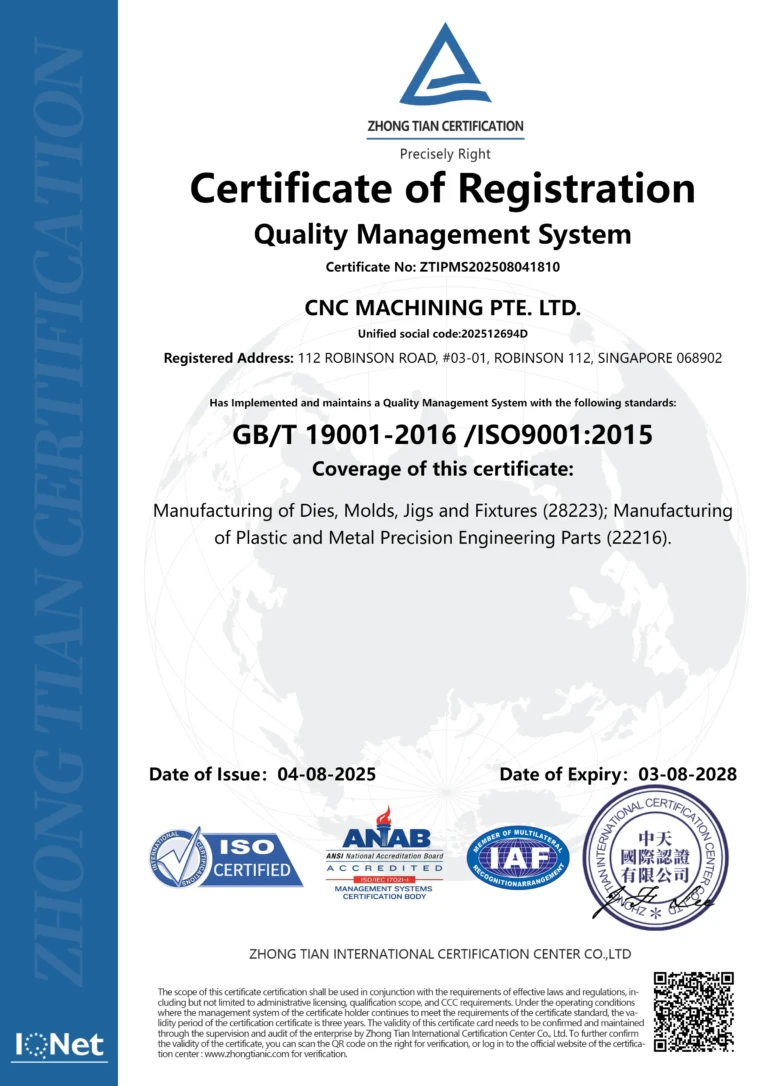The Rise of the 3D Printed “Banana Standard Pistol” – A New Era in Firearm Design?
In recent years, innovative firearm concepts have emerged that challenge traditional designs. Among these is the so-called “Banana Standard Pistol,” an experimental model that leverages 3D printing technology to create unconventional, ergonomic frames reminiscent of a banana’s curved shape. While not an official designation, the term encapsulates the creative spirit behind prototype firearms that push design boundaries. In this guide, we explore the concept, assess the limitations of 3D printing versus professional CNC machining, review industry-standard firearm models, and discuss the legal and manufacturing insights necessary to balance innovation with compliance.
Understanding the “Banana Standard Pistol” Phenomenon
What is a 3D Printed Banana Standard Pistol?
A 3D printed Banana Standard Pistol represents an experimental firearm design that incorporates ergonomic, curved features—often evident in the grip or overall frame—to enhance comfort and handling. Typically, these designs are realized using 3D printing processes, which allow for rapid prototyping and the creation of lightweight, aesthetically unique parts. Such models are primarily used for prototyping, hobbyist projects, or non-functional replicas, rather than as fully operational firearms.
Risks and Regulations
While 3D printing offers unmatched design flexibility, it comes with significant material and legal limitations. Common 3D printing materials like PLA and PETG tend to degrade under high temperatures and stress, making them unsuitable for repeated firing. Moreover, in the United States, functional 3D-printed firearms require proper serialization and must adhere to strict ATF/DEFRA guidelines. Unserialized “ghost guns” are illegal and pose serious safety risks.
Industry-Standard Firearms – Key Models and Specifications
Rock Island M1911 GI Standard FS
A benchmark in firearm design, the Rock Island M1911 GI Standard FS is a semi-auto centerfire pistol renowned for its classic 1911 design. Manufactured with a forged steel frame and a 5-inch barrel, it fires the .45 ACP round and is widely used in military, law enforcement, and civilian applications.
New Army M17 Pistol Qualification Standards
Adopted by the U.S. Army in 2017, the New Army M17 is based on the SIG Sauer P320 platform. It is engineered to meet rigorous qualification standards, including achieving 35–40 shots on target at distances between 10 and 25 meters and passing intense stress tests under simulated combat conditions.
FBI Standard Issue Pistol
Models like the Glock 17M/19M have become synonymous with reliability in law enforcement. Featuring a striker-fired, modular design with enhanced trigger safety and corrosion resistance, these pistols are selected for their proven track record of failure-free performance (over 99.9% in testing).
High Standard Pistol Identification
Historically, the High Standard HD Military pistol—a WWII-era training firearm—remains an iconic model. Recognizable by its .22 LR caliber, distinctive barrel weights, and adjustable sights, it serves as a benchmark for identifying vintage designs.
3D Printing vs. Professional CNC Machining for Firearms
Limitations of 3D Printing
3D printing excels in rapid prototyping and creative design but is hampered by material limitations and lower precision. The typical ±0.5 mm layer resolution of 3D printing cannot match the ±0.005 mm tolerances achievable by CNC machining. Moreover, 3D-printed polymers often lack the durability required for high-pressure firearm components. Legal compliance is another challenge; functional firearm parts usually require serialized production that 3D printing alone cannot provide.
Advantages of CNC Machining for Firearm Components
CNC machining, especially using 5-axis systems, produces components from robust metals such as 4140 steel, 7075 aluminum, or titanium. These materials can withstand high-pressure cycling and extreme conditions, ensuring long-term reliability. With ISO 9001-certified processes, manufacturers like Great Light guarantee compliance with ATF regulations through traceable, serialized production. The high precision of CNC machining is essential for producing intricate features such as triggers, slides, and rails with consistent accuracy. A comparative overview is as follows:
| Parameter | 3D Printing | CNC Machining |
|---|---|---|
| Material Options | Plastics, resins | Metals (steel, titanium, aluminum) |
| Tolerances | ±0.5 mm | ±0.005 mm |
| Regulatory Compliance | Limited (non-functional prototypes) | Full (serialized, legal) |
Case Study – CNC Machining the Rock Island M1911 Frame
A leading manufacturer reverse-engineered the Rock Island M1911 frame using 4140 Chromoly steel. The process began with a detailed CAD design, followed by toolpath optimization on a 5-axis CNC milling machine, completing a 12-hour machining cycle. Subsequent post-processing included heat treatment to achieve HRC 40 and Parkerizing for corrosion resistance. The outcome was 500 frames with 100% dimensional compliance—demonstrating the superior precision and repeatability of CNC machining.
Legal and Safety Considerations for Firearm Manufacturing
Key Regulations
In the U.S., firearm manufacturing is strictly regulated by the ATF, requiring FFL licensing and adherence to serialization standards. The EU Firearms Directive further limits magazine capacities and semi-auto conversions. Laser engraving is used for traceability, ensuring compliance with CUR regulations.
Why Choose Professional Factories Like Great Light?
Great Light ensures full regulatory compliance by producing legally serialized components. Their facilities are equipped with ballistic testing chambers and proof-testing barrels, ensuring every part meets stringent safety standards. Customization options allow for modifications of grips, triggers, and rails while strictly adhering to legal requirements.
The Future of Firearm Manufacturing
Hybrid prototyping is set to transform the industry, where 3D-printed prototypes are validated via CNC-machined production, ensuring both design innovation and functional durability. Innovations like CNC-machined biometric triggers—smart guns—are on the horizon, offering enhanced security and user personalization. Sustainability is also a growing focus, with recyclable metal powders and eco-friendly coatings paving the way for greener firearm manufacturing.
Conclusion – Balancing Innovation and Responsibility
While 3D printing pushes the creative boundaries in firearm design, particularly in experimental concepts like the “Banana Standard Pistol,” professional CNC machining remains indispensable for producing durable, compliant, and high-performance firearms. Great Light Machining combines cutting-edge 5-axis technology with rigorous quality control to deliver components that meet the highest standards in defense, law enforcement, and licensed manufacturing.
Explore Our Services:
-
ATF-Compliant Firearm Components
-
Prototype-to-Production Support
-
ISO 9001-Certified Manufacturing
Request a Quote: Submit your CAD file for a free CNC machining estimate and experience the future of precision firearm production.
